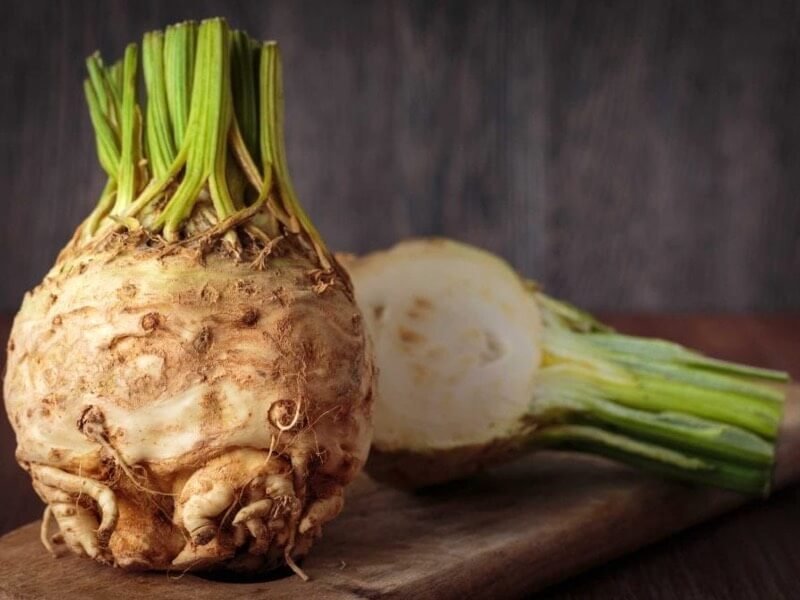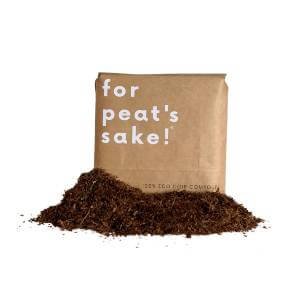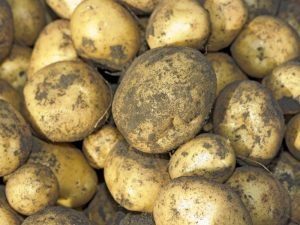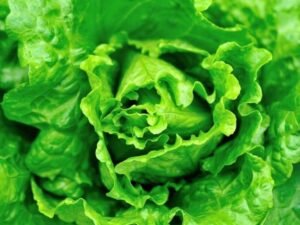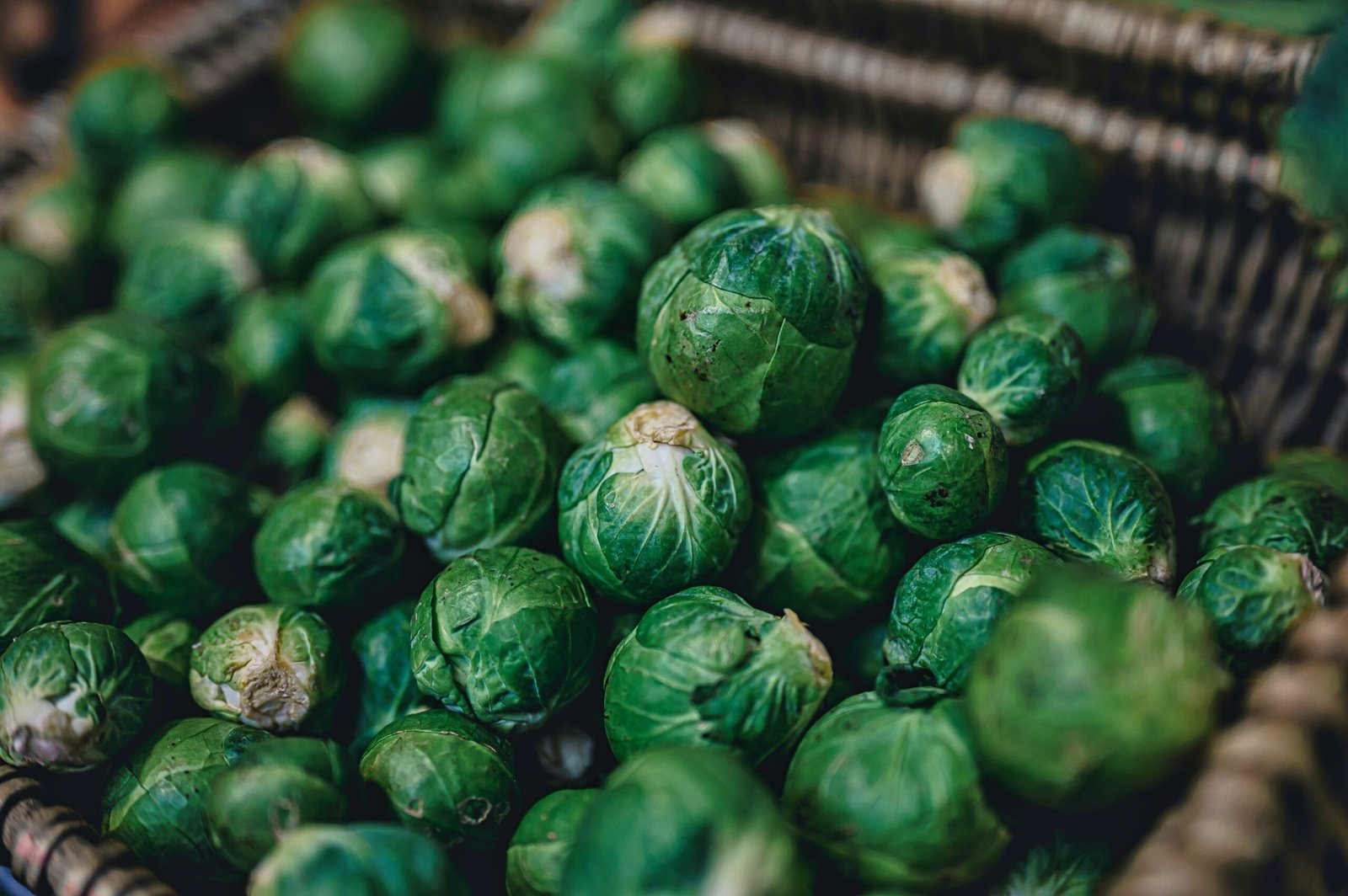Are you ready to embark on a rewarding gardening journey? In this comprehensive guide, we will walk you through the step-by-step process of growing delicious celeriac right in your own backyard. From choosing the ideal location and preparing the soil to sowing, planting, and caring for your celeriac plants, we’ve got you covered. Let’s dive in!
Why Should I Grow Celeriac?
Celeriac, also known as celery root, is a versatile and nutritious vegetable that adds a unique flavor to your dishes. Packed with vitamins, minerals, and fiber, celeriac offers a range of health benefits. By growing celeriac at home, you have the advantage of enjoying the freshest produce while reducing your carbon footprint.
Where is the Ideal Location to Grow Celeriac?
Celeriac thrives in cool climates, making it an excellent choice for gardeners in the UK. Choose a spot in your garden that receives full sun or partial shade. Ensure the area is sheltered from strong winds to prevent damage to the plants.
Soil Type and Preparing the Soil
Celeriac prefers well-draining soil that is rich in organic matter. Before planting, prepare the soil by removing any weeds or debris. Incorporate compost or well-rotted manure to improve the soil’s fertility and structure. Aim for a pH level of 6.0-7.0 for optimal growth.
Watering Tips and Hints
Consistent moisture is crucial for celeriac plants. Water deeply and regularly, especially during dry spells. Avoid overwatering, as it can lead to rotting. Mulching around the plants helps retain moisture and suppresses weed growth.
Sowing and Planting Celeriac
Celeriac can be grown from seeds or transplants. If starting from seeds, sow them indoors in early spring, around 10-12 weeks before the last frost date. Transplants can be planted directly into the garden once the soil has warmed up. Space the plants 12-18 inches apart to allow for proper growth.
How to Grow Celeriac from Seed
To grow celeriac from seed, fill seed trays with seed compost and lightly press the seeds into the soil. Cover the trays with a propagator lid or plastic wrap to create a warm and humid environment. Keep the soil consistently moist and place the trays in a bright location. Once the seedlings have developed their second set of leaves, transplant them into individual pots.
How to Plant Out Celeriac
When the celeriac plants have grown to a sturdy size, they are ready to be planted out in the garden. Dig a hole slightly larger than the root ball of the plant and gently place it in the hole. Backfill with soil, firming it gently around the plant. Water thoroughly to settle the soil.
General Care for Celeriac
To ensure healthy growth, keep the area around the plants weed-free. Apply a balanced organic fertilizer every four to six weeks. Monitor for pests and diseases, and take prompt action if necessary. Regularly check the soil moisture and water as needed.
How to Harvest Celeriac
Celeriac is ready to harvest when the roots have reached a desirable size, usually around 3-4 inches in diameter. Gently lift the plants using a garden fork, being careful not to damage the roots. Trim off the leaves, leaving a small stalk. The harvested celeriac can be used immediately or stored for later use.
How to Store Celeriac
To store celeriac, remove excess soil and store the roots in a cool, dark, and humid place. A root cellar or a refrigerator’s vegetable drawer works well for this purpose. Celeriac can be stored for several months if kept in optimal conditions.
Problems with Growing Celeriac
While celeriac is generally a hardy plant, it can be susceptible to certain pests and diseases. Common problems include carrot fly, slugs, and celery leaf spot. To prevent these issues, practice good garden hygiene, use organic pest control methods, and choose disease-resistant varieties.
Where to Buy Celeriac
You can purchase celeriac seeds or transplants from local garden centers, nurseries, or online seed suppliers. Look for reputable sources that offer high-quality seeds or healthy transplants.
What are the Best Celeriac Varieties to Grow and Why?
Some popular celeriac varieties for UK gardens include ‘Prinz,’ ‘Monarch,’ and ‘Brilliant.’ These varieties are known for their excellent flavor, disease resistance, and high yields. Choose a variety that suits your taste preferences and growing conditions.
What Tools Will I Need to Grow Celeriac?
Here are the essential tools you’ll need to grow celeriac:
- Garden fork
- Trowel
- Garden hose or watering can
- Hand pruners
- Weeding tools
- Organic fertiliser
- Seed trays or pots
- Propagator lid or plastic wrap
Conclusion
Growing celeriac at home in the UK is a rewarding experience that allows you to enjoy fresh and nutritious produce. By following the steps outlined in this guide, you’ll be well on your way to a successful celeriac harvest. Get your hands dirty, embrace the joy of gardening, and savor the delicious flavors of homegrown celeriac!
Frequently Asked Questions
Q: Can I grow celeriac in pots?
A: Yes, celeriac can be grown in pots or containers. Ensure the container is at least 12 inches deep to accommodate the root system.
Q: How long does it take for celeriac to mature?
A: Celeriac typically takes around 120-150 days to reach maturity from the time of sowing or transplanting.
Q: Can I grow celeriac in the shade?
A: While celeriac prefers full sun or partial shade, it can tolerate some shade. However, it may result in slower growth and smaller roots.
Q: Can I eat the leaves of celeriac?
A: Yes, the leaves of celeriac are edible and can be used in salads, soups, or as a garnish. They have a similar flavor to celery.
Keywords: growing celeriac, growing celeriac problems, growing celeriac in pots, growing celeriac from seed, celeriac varieties, celeriac storage, celeriac pests and diseases, where to buy celeriac, celeriac gardening tools


